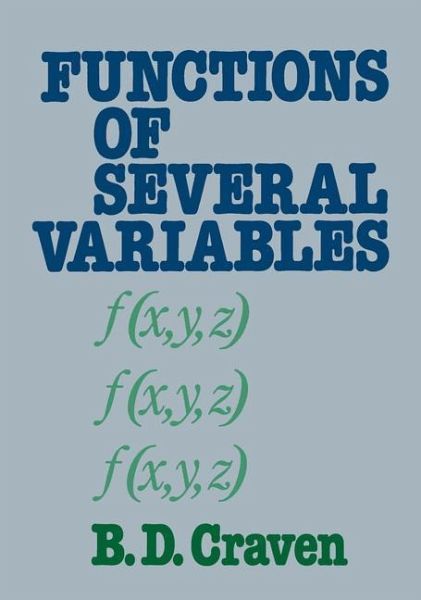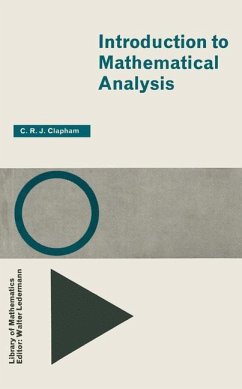
Functions of several variables

PAYBACK Punkte
20 °P sammeln!
This book is aimed at mathematics students, typically in the second year of a university course. The first chapter, however, is suitable for first-year students. Differentiable functions are treated initially from the standpoint of approximating a curved surface locally by a fiat surface. This enables both geometric intuition, and some elementary matrix algebra, to be put to effective use. In Chapter 2, the required theorems - chain rule, inverse and implicit function theorems, etc- are stated, and proved (for n variables), concisely and rigorously. Chapter 3 deals with maxima and minima, incl...
This book is aimed at mathematics students, typically in the second year of a university course. The first chapter, however, is suitable for first-year students. Differentiable functions are treated initially from the standpoint of approximating a curved surface locally by a fiat surface. This enables both geometric intuition, and some elementary matrix algebra, to be put to effective use. In Chapter 2, the required theorems - chain rule, inverse and implicit function theorems, etc- are stated, and proved (for n variables), concisely and rigorously. Chapter 3 deals with maxima and minima, including problems with equality and inequality constraints. The chapter includes criteria for discriminating between maxima, minima and saddlepoints for constrained problems; this material is relevant for applications, but most textbooks omit it. In Chapter 4, integration over areas, volumes, curves and surfaces is developed, and both the change-of-variable formula, and the Gauss-Green-Stokes set of theorems are obtained. The integrals are defined with approximative sums (ex pressed concisely by using step-functions); this preserves some geometrical (and physical) concept of what is happening. Consequent on this, the main ideas of the 'differential form' approach are presented, in a simple form which avoids much of the usual length and complexity. Many examples and exercises are included.














